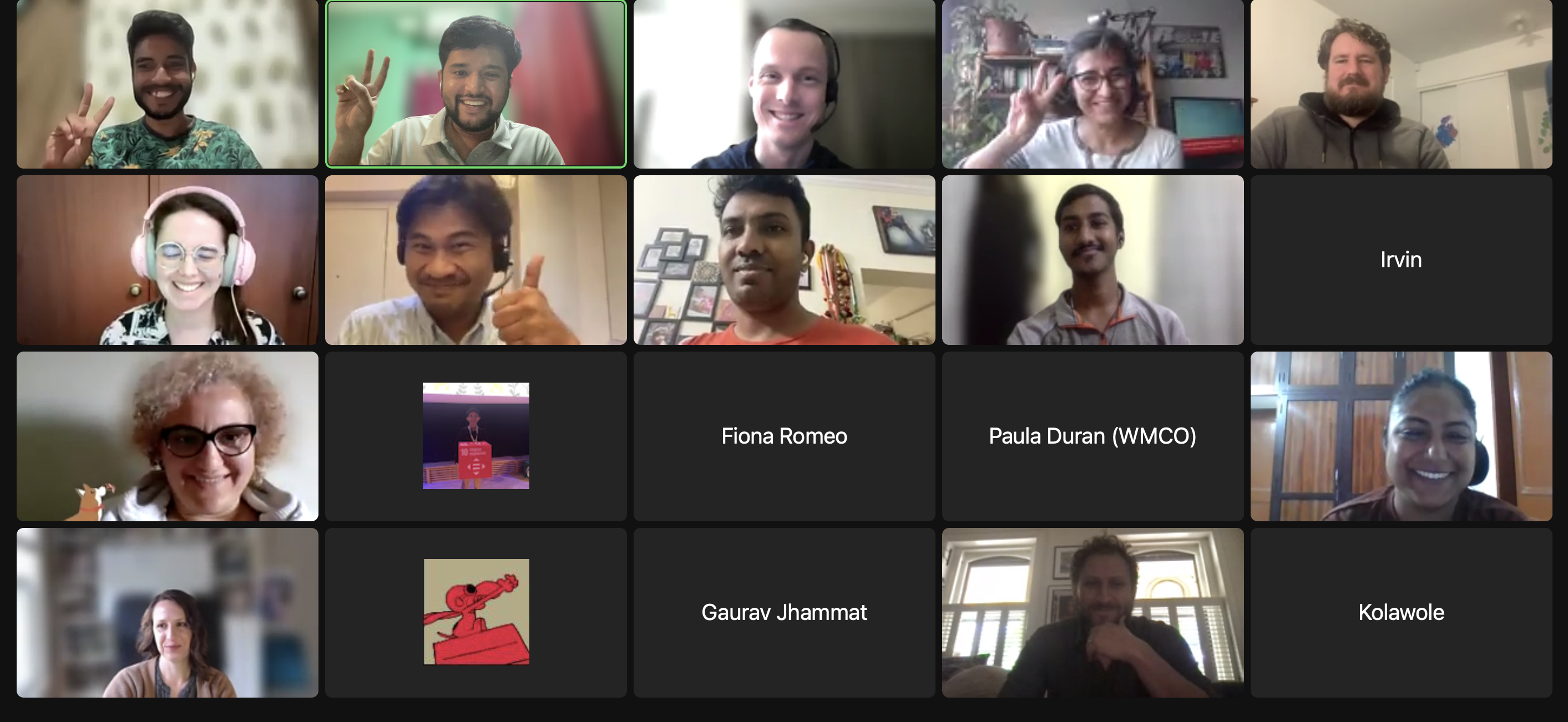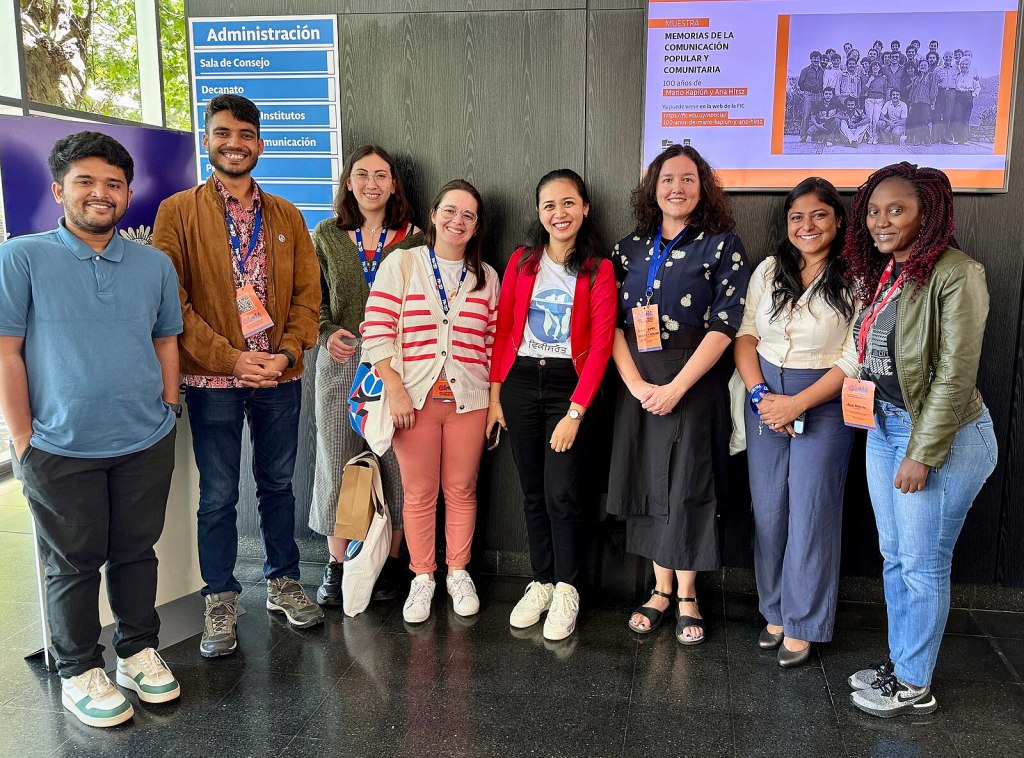The recent cohort journey with the Wikisource Loves Manuscripts Learning Partners Network has been a period marked by significant achievements and exciting future plans on how to digitize manuscripts through Wikisource! The WiLMa Learning Partners Network is committed to fostering a collaborative ecosystem, bringing together communities with a shared interest in digitizing and transcribing manuscripts.

A major milestone was the successful certification of 12 community members who completed extensive training and workshops. These dedicated community members representing 15 language communities from our movement showed a strong interest in expanding the Wikisource Loves Manuscripts project into their own languages. The cohort aimed to equip participants with the necessary skills, resources, and support for successful manuscript digitization and transcription projects. The program was comprehensive, featuring learning showcases, hands-on training, practical assignments, and a peer learning space for sharing knowledge and best practices. This diverse group of participants are now well-prepared to continue preserving manuscripts, thereby enhancing digital access to reliable and locally relevant knowledge—a crucial aspect of Wikimedia’s sustainability and the broader Internet.
The cohort required a commitment of approximately 20 hours, or 3 hours per month, which included virtual sessions and assignments. Participants received advanced training in Wikisource and manuscript digitization, sessions on grants and partnerships, knowledge-sharing spaces, and hands-on training with Transkribus. Successful completion of sessions and training earned certifications, recognizing their achievements and readiness to contribute to future projects.
Throughout the cohort, the Learning Partners Network engaged in 510 minutes of collaborative sessions, creating valuable resources and connecting with key partners such as PPIM (Indonesia), Transkribus/ReadCoop, and the British Library’s Endangered Archive Programme. Some highlights included the development of the first handwritten Arabic model for Arabic Wikisource on Transkribus, exploration of scientific digitization methods for Assamese manuscripts, and deep dives into digitization workflows for languages like Odia and Kannada.

Looking ahead, the cohort has laid out ambitious plans across various languages. Future initiatives involve indexing and transcribing collections on Wikisource, creating new Transkribus models, digitizing manuscripts, and forming partnerships with national institutions. The cohort emphasized the importance of staying connected, regional networking, and cross-regional collaboration. These efforts will lay a strong foundation for future collaborations and advancements in manuscript digitization and transcription. Further updates and information can be found on the Meta Wiki page.
As this phase of the journey with the Wikisource Loves Manuscripts Learning Partners Network comes to a close, it’s evident that a strong foundation has been laid for digitizing and preserving manuscripts through Wikisource. The dedication and collaboration of the network members have been remarkable. Now, equipped with new skills and knowledge, the participants are ready to move forward. By utilizing Wikisource, accessibility to these precious documents is ensured for everyone. It’s not just about preserving history; it’s about sharing it with the world.
If you are interested in being a part of this initiative, sign up here to join the network and contribute to shaping a future where cultural heritage is just a click away.

Can you help us translate this article?
In order for this article to reach as many people as possible we would like your help. Can you translate this article to get the message out?
Start translation